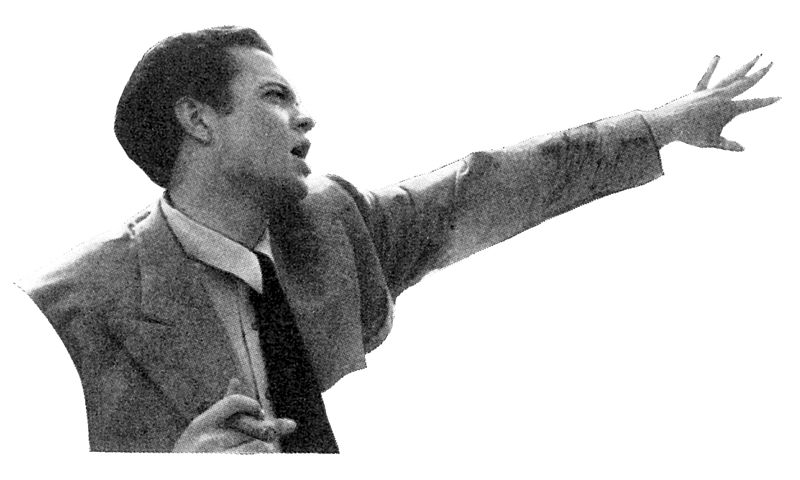Designing and Using Effective Visual Aids

Even the most well-written and carefully crafted speech has the potential to tax an audience’s collective attention span. In this media-rich society, images tell stories and help people retain information more effectively than mere words alone. In creative writing, an old saying—Show, don’t tell—demonstrates the importance in engaging an audience to help them see whatever point the author wishes to convey. Visual aids serve this critical purpose in public speaking.
First, ruminate on the components of the term, visual aid:
- Visual: Of, or pertaining to, the sense of sight
- Aid: To help, add support, or give relief
Combining these two terms together suggests that the primary purpose of such a presentation tool is to give visual support to a speaker. All too often, novice or unprepared speakers treat visual aids as though they were the speech itself.
Note to Self
Not only does this tend to challenge audience’s attention spans, but in the worst cases, it can insult their intelligence. When this happens, the visual aids overtake the speaker as the central focus in the room, meaning that they no longer provide aid, help, support, or relief, but have become the speech itself. Speakers should strive to create engaging visual aids that will hold the audience’s attention and add tremendous value to the main idea behind the message. Keep this in mind when designing visual elements for a speech.
A well-designed set of visual aids offers many advantages over mere words alone. Visual aids enhance:
- Clarity: Think about how difficult it would be to explain how to tie a shoe without a visual aid!
- Interest: It would be one thing to discuss the after-effects of an oil spill, but another entirely to show images of catastrophic environmental damage.
- Credibility: Well-designed visual aids dramatically increase how audiences perceive the credibility (or believability) of a speaker; unfortunately, the inverse equally applies when speakers design poor visual aids, as an audience may perceive the speaker as having far less credibility in that case.
- Information retention: Audiences presented with visual representations of information recited orally are considerably more likely to remember that information.
- Brevity: Using visual aids can cut down on the amount of time required to explain difficult concepts.
- Appeal to a broader array of learning styles: Different people learn in different ways. Some people prefer to learn visually, some through sound, and others through their sense of touch. Using visual aids when speaking provides an added dimension for the audience by providing elements that will enhance their ability to retain the information presented.

